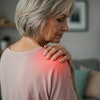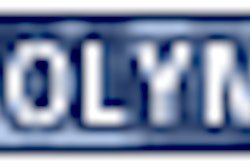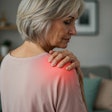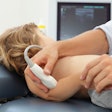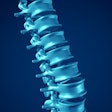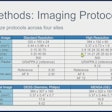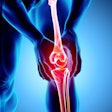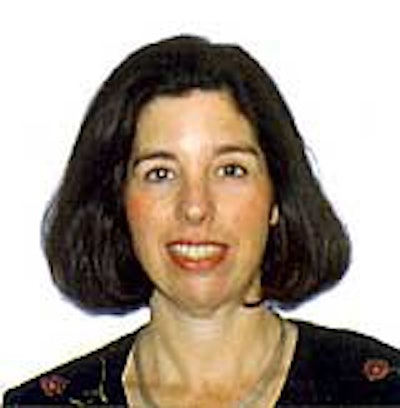
Joining Crim in the imaging section at the Olympic Polyclinic are nine radiologists from around the country.
"We could have covered the clinic using the radiologists at the University of Utah, but I thought it was a great chance to bring other radiologists in to share and enjoy the experience. Since the Olympics is made up of national teams, I decided to have a national team in radiology," Crim said of her decision to recruit U.S.-based imaging experts.
Crim picked her team from the membership rolls of the Society of Skeletal Radiology. She divided potential team members up by region, and looked "for people who had innovative approaches to musculoskeletal radiology. There are obviously many more than we were able to select, but the first two criteria gave me a starting point."
A few Polyclinic visiting radiologists share their thoughts on working at the facility:
Dr. William MiddletonProfessor of radiology
Mallinckrodt Institute of Radiology
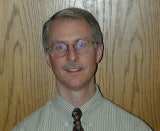
"I am looking forward to a number of things. Interacting with world-class athletes from different countries will be a unique experience from both a professional and a personal standpoint; being part of something as big and global as the Olympics will be a once-in-a-lifetime opportunity.
All sports are associated with their own particular types of injuries, and I look forward to gaining additional experience with the injuries seen (in) winter sports. Most of my current practice deals with chronic injuries. It will be nice to see a concentration of musculoskeletal injuries presenting acutely.
I specialize in ultrasound, and I am very excited about having the opportunity to correlate ultrasound and MRI examinations in the athletes that are imaged at the Polyclinic. I believe that I will be one of the few radiologists there who routinely deals with abdominal disease. I'm sure that with so many people gathered together, there will be some patients who decide to pass their kidney stone or have a flare of their diverticulitis while at the Olympics, and I look forward to helping with these routine problems as well."
Dr. Kent SandersAssistant professor of radiology
University of Utah
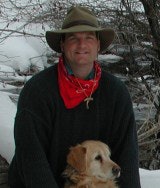
"I look forward to representing the University of Utah and the (Salt Lake Organizing Committee) in supporting America and Utah as hosts of the Olympics. I expect some technology bugs in the first week or so, since the Polyclinic is essentially an improvised clinic.
Since injured athletes will go directly to prearranged ERs, I expect that the majority of cases in the Polyclinic will be typical minor viral illness (gastroenteritis) and anxiety-provoking precompetition minor injuries.
The most challenging musculoskeletal diagnostic problem will be in identifying chronic/repetitive stress injuries in these highly stressed athletes, and in determining the potential risk to the athlete with respect to continued training or competition."
Dr. Lynne SteinbachProfessor of radiology and orthopedics
Acting chief, musculoskeletal imaging
University of California, San Francisco
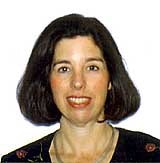
"I am most looking forward to using my expertise to diagnose sports injuries at the Olympics. It will be exciting to work with several other nationally recognized musculoskeletal imagers during that time. It may be a challenge to use some of the equipment at the clinic, such as a different PACS, dictating system, and scanner. Hopefully, this can be overcome quickly."
Other physicians who will be in attendance are:
Dr. Ken Buckwalter, Indiana University School of Medicine, Indianapolis
Dr. Joshua Farber, Indiana University School of Medicine, Indianapolis
Dr. Mark Kransdorf, Mayo Clinic, Jacksonville, FL
Dr. Laurie Lomasney, Loyola University Chicago, Stritch School of Medicine, Chicago
Dr. Arthur Newberg, New England Baptist Hospital, Boston
Dr. Carl Winalski, Brigham and Women’s Hospital, Boston
By Shalmali PalAuntMinnie.com staff writer
February 9, 2002
Related Reading
Ultrasound assumes starring role at Olympics Polyclinic, February 9, 2002
Copyright © 2002 AuntMinnie.com



